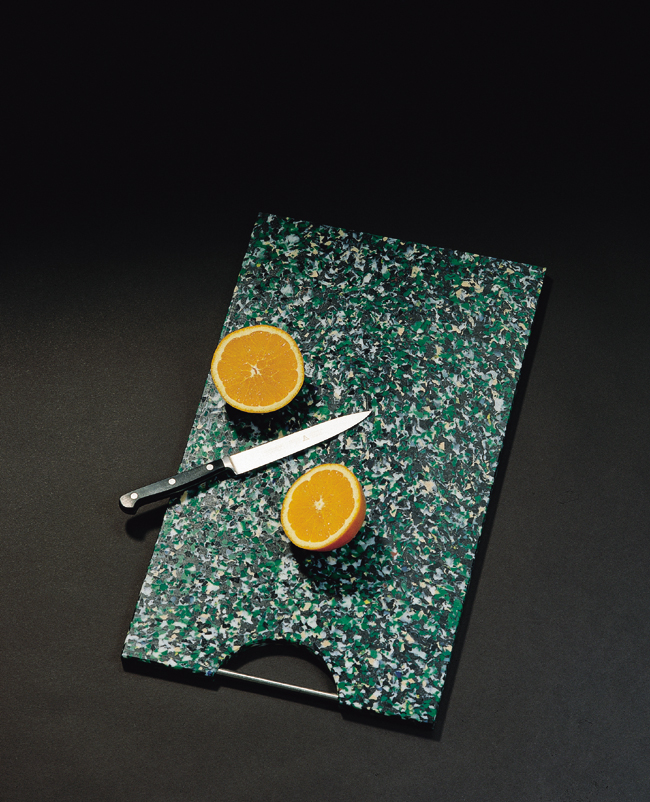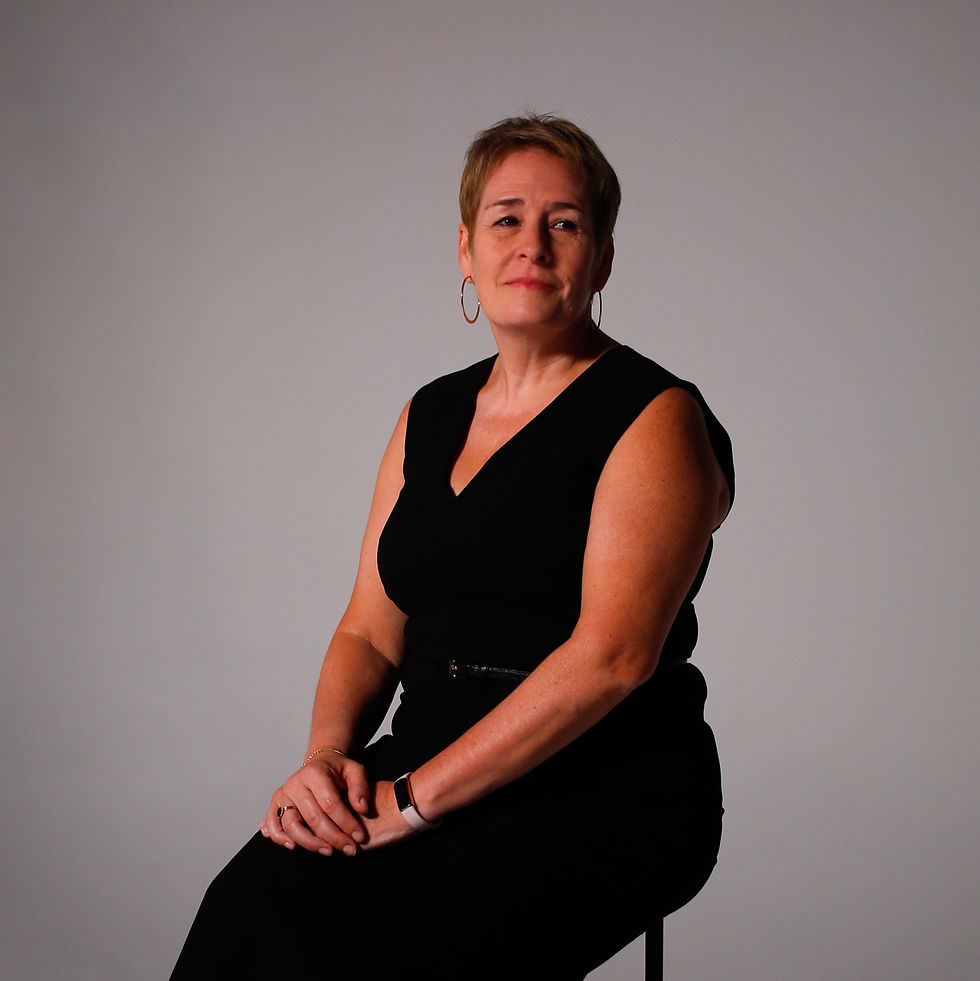Interview with NEXSTER – Entrepreneruship - Center d. Hochschule Hannover
- DAA - Design Award Agency

- Nov 22, 2022
- 3 min read
What made you decide to become a designer?
Oh. I wish I could say it was the result of mature self-knowledge, I had prior knowledge of the job as a designer. But in the early 80s, the image of design through career guidance was flawed and pathetic. Ultimately, my decision was the reductionist view of people and disparaging assessment of creative-artistic talents in the higher school career. Teachers liked to expose the "artist" on the blackboard. So, since I supposedly couldn't do anything, I looked for my future in my talent. What luck. Nevertheless, I am not grateful to the school. Can you tell us more about your design background? I studied Industrial Design in Hanover, Germany. During my studies, I founded a design studio with fellow students in 1988. Due to a lack of orders, we produced our own designs. With great success, partly avant-garde. However, the early years were difficult, so I looked for teaching jobs at the same time. After working in Hanover, Gotha and Cologne, I was appointed professor of industrial design at the University of Applied Sciences and Art Hanover in 2000. Today I teach there in the Bachelor's and Master's programmes and initiated an entrepreneurship centre called Nexster. This is characterised by an explicitly human and environmentally oriented claim to innovation: Human Centered Entrepreneurship.
How do you stay inspired and keep coming up with creative ideas? I'm tracking everything. I'm reading. I avoid design magazines. I soak up everything.
Then I'm lucky enough to have an extended arm into the future with the students.
And I maintain an empathic, phenomenological approach when specifying problem statements or developing research questions.
What does good design mean to you? Good design creates good experiences. And hopefully, as both a driver of innovation and an encourager, it can help solve the world's crises – instead of worsening them.
What is the most challenging thing in your profession? Currently, powerlessness. More precisely: the powerlessness of others, their resignation, their resistance to change, when today more than ever radical, not just incremental innovations are needed. Societies seem to be overburdened. This is the main challenge.
Compliance hurdles, weak innovation cultures and implementation weaknesses also cause problems. The ISO 56002 – the innovation management standard – will hopefully help to bring THE BETTER NEW into the world. The standard describes handling innovation without taking away creative space for creative minds.
Please, explain the best project you are most proud of and why. My first product on the market: a recyclable kitchen cutting board, made from recycled materials. Besides the ecological aspect, it was also very successful for us economically –and of course, the inclusion in museums for our reputation.
And then my most recent project. That is always something that stimulates. And is subject to secrecy, but this much can be revealed: it's about recycled ceramic materials.
What is your biggest design career moment? How does this milestone impact your career? I would name two, one was winning the Lucky Strike Junior Design Award in 1992 and the most significant impact was the confirmation that I was on the right track and the resulting networking that the Raymond Loewy Foundation subsequently offered.
More important to me personally was another moment: the tears of a client when I reformulated the brief and described what it should be about. The client felt seen and understood, she was just not able to give the assignment accordingly before. This was the real milestone for my future work as a designer: to listen carefully, look and inquire prudently, understand the problem and only then solve it creatively. Indeed, there were even more moist eyes at this point in the design process.
How do you learn and grow your knowledge and design skills? I read a lot and I ask a lot of questions. I continue to educate myself on sociological issues, which is more in line with my design focus of 'design for a better life'.
What would you say will be future of design? The future of design will be broader, or rather it will bifurcate: one path envisages operative, specialised work in the respective design domain. The other path sees the designer as a generalist, enabler, enthusiast, and innovator and thus also as the actor who bundles, focuses and inventively integrates experts. What are your career plans for the future? Building a House of Innovation, an INNOVERCITY in Hanover, Germany: to develop innovations and to foster future skills for the society in a world of chaos.
Where can people find your projects and get in touch with you? linkedin.com/in/spellmeyer






Comments